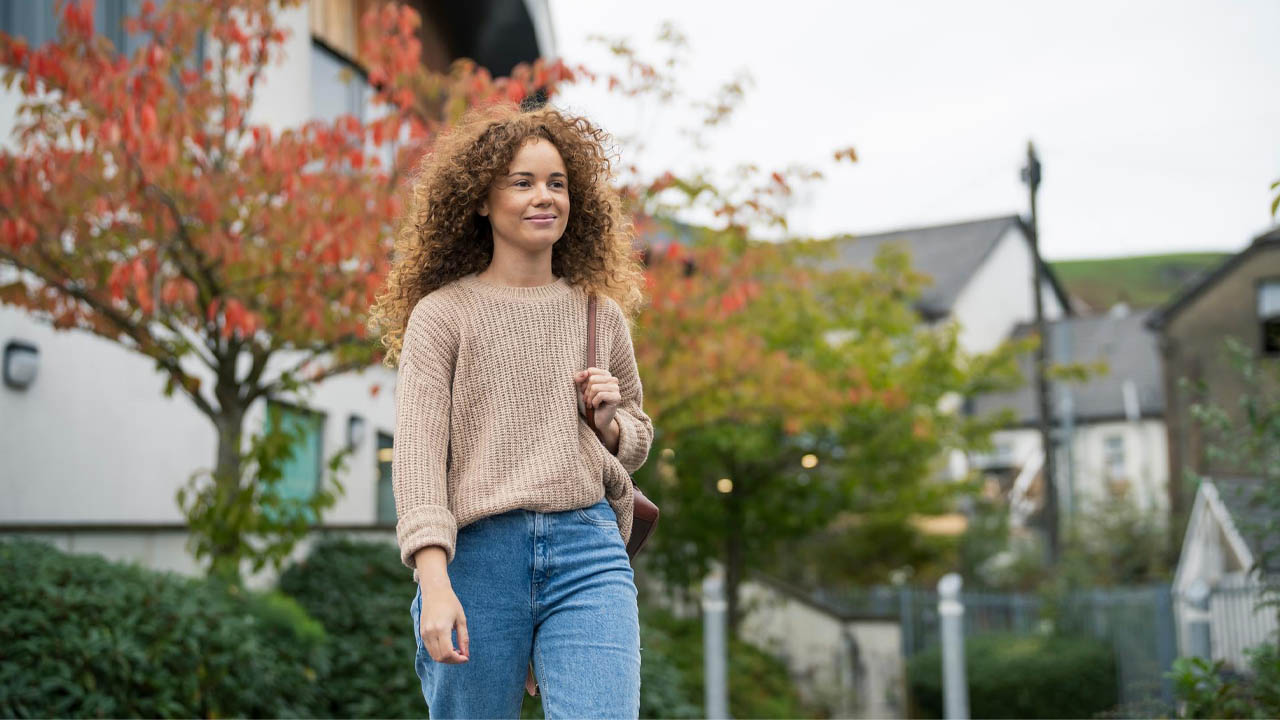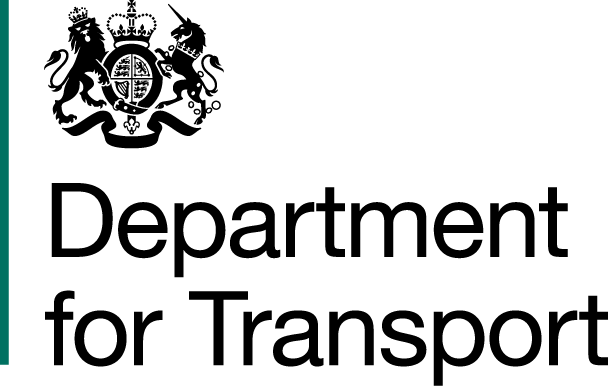
Getting around with ease
Whether you’re new to public transport or you’re simply looking to have your public transport question answered, TfW’s guide has everything you need.
Why use public transport in the UK?
There are so many reasons to love travelling by buses and trains!
- Cost saving: Public transport is significantly cheaper than owning and operating a car. It also means that you won’t have to fork out on things like parking tickets or permits.
- Environmentally-friendly: Using transportation such as buses or trains, rather than a car, will reduce your individual carbon footprint and help to fight against climate change.
- Reduces congestion on roads: Particularly in urban areas, the use of public transport can reduce bottlenecks in traffic and create a smoother journey for all.
- Opportunity to relax: Rather than concentrating on driving, you can sit back and relax, letting your driver do all the hard work for you. Why not use your time on public transport to relax, read a book or get a head start on your busy day?
How do I book Passenger Assist on rail services?
We want to make it as easy as possible for you to travel with us and offer a range of assistance if you have access needs. We'll always do our best to help you whether you're travelling at short notice or have booked assistance in advance.
Our Passenger Assist service is available for those requiring extra help to travel. We encourage passengers to book assistance before you travel - it will really help us plan and make sure you’re not delayed on your journey. There are several ways to book Passenger Assist; including booking online, using Next Generation Text or giving us a call. See our Passenger Assist page for more information.
Travelling with dogs
Passengers may take a dog with them onboard our trains (maximum two per passenger), free of charge and subject to conditions, provided they do not endanger or inconvenience passengers or staff. Dogs must be kept on a lead at all times unless contained in a basket.
For Traws passengers, one accompanied, well-behaved dog or other small animal is allowed to travel with you on our buses at the discretion of the driver, who may reasonably decide where on the bus the animal is best carried. If there is already a dog on the bus then it’s likely another won’t be allowed.
Guide dogs and assistance dogs are always allowed.
You can read more about travelling with pets on our FAQs page.
Travelling with bikes
You can take your bike on all of our trains. However, as our trains have limited capacity, it is strongly recommended that you make your reservation as far in advance as possible. For more information about bikes on trains, and how to book your reservation, see our bikes on board page.
Electrically assisted pedal bikes (e-cycles) are allowed on our services under the same terms as standard pedal bikes. E-scooters are not allowed on our trains.
For Traws passengers, generally, foldable bikes that can be safely stored within the luggage pen of the bus can be brought on at the discretion of the driver. Due to space and safety considerations, standard non-folding bikes are not typically permitted on buses.
Travelling with a wheelchair or mobility scooter
We want to make your journey as easy and hassle-free as possible.
You can bring your mobility scooter or wheelchair on our trains as long as it meets our size and weight requirements. We can accommodate wheelchairs and powered mobility scooters with dimensions of up to 700mm x 1200mm (including footplates), with a turning radius of 900mm, and a maximum combined weight (wheelchair and passenger) of 300kg. Please check the dimensions of your wheelchair and powered mobility scooter before travel to avoid disappointment if they cannot be carried on the train.
It’s also important to check that the stations you’re travelling to and from are wheelchair accessible. You can check our station accessibility information or call our Assisted Travel team for advice.
Should you require assistance with boarding and alighting the train, this will be provided by the conductor on the train or by station staff where staff are present. You can read more about travel accessibility and contact us via the page below.
Mobility scooters are allowed on the majority of buses but we would advise planning ahead and checking with the bus operator.
Travelling with a pushchair
We'll do our best to help you get a seat if you have young children, a pram or pushchair. If you can, please fold your pram and store it in the luggage rack, as some of our services can be busy. It's usually best to do this before you board the train if possible.
You may not always be able to place your pram or pushchair next to you safely on the train. If you have a small baby, you might want to bring a carrier or sling. All our trains have baby-changing facilities onboard. You can read more about travelling with children on our page.
Toilets on trains and buses
All our fleet of trains have universal accessible toilets as well as baby changing facilities. Please check with railway staff or door signs to ensure you access the right part of the train.
Additionally, units that have a universal toilet on board for passengers with reduced mobility have a door width of 800mm, unless otherwise stated. Please see the specific class of train within this document for further details.
Please note that these dimensions may differ from fleet to fleet. Class 158 has a smaller universal accessible toilet and limited room to manoeuvre a wheelchair. For further information please visit the Class 158 page within this document. If you would like further assistance to determine which services are operated by these trains, please contact the Assisted Travel team. They can assist in planning your journey and can suggest alternative services for you.
When travelling by bus, generally there are no on-board toilets available. Please check your nearest bus station information for more.
Further travel questions
If there’s anything we haven’t answered that you’d like to know, please do not hesitate to get in touch.



